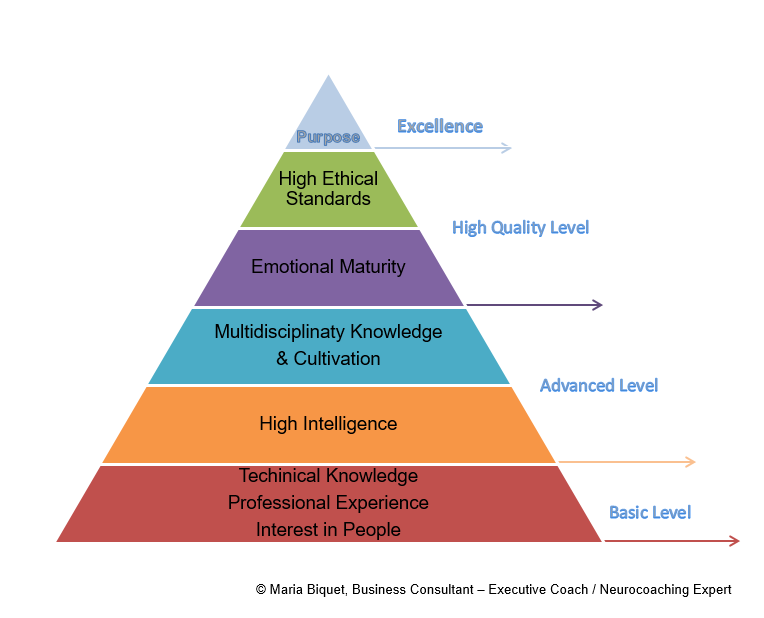Given the nature of coaching, and its close links and historical alignment to therapy, I can understand why the need for supervision became a hot topic. In the early days it was very simple just to build on the model,
All in Con PPD
High Quality in the Coaching process by Maria Biquet
Practicing Coaching for years and reaching a point of maturity I have come to some observations and conclusions about what we really do when we work with people in a coaching process.
Listening unlocks my approach to coaching by Keiko Shinohara (guest)
Every coach listens; the difference lies in the ways we each focus on what we’re listening to and how (self-) aware we each are when we’re listening to our client communicate with us.
“Rules of Thumb: My Own Coaching Heuristics” by Dr. Lilian Abrams, Ph.D., MBA, MCC
I have realized over my time as an executive coach (and prior to that, as an OD consultant) that I have assembled my own personal treasure box of what I call “heuristics”. These are the pithy sayings, models, and go-to concepts that I have found useful in describing my meaning, in terms of providing a contribution to my client in that moment in our coaching conversation. (Understanding the nature of that prompting urge is, I suspect, a topic for another blog-piece!)















